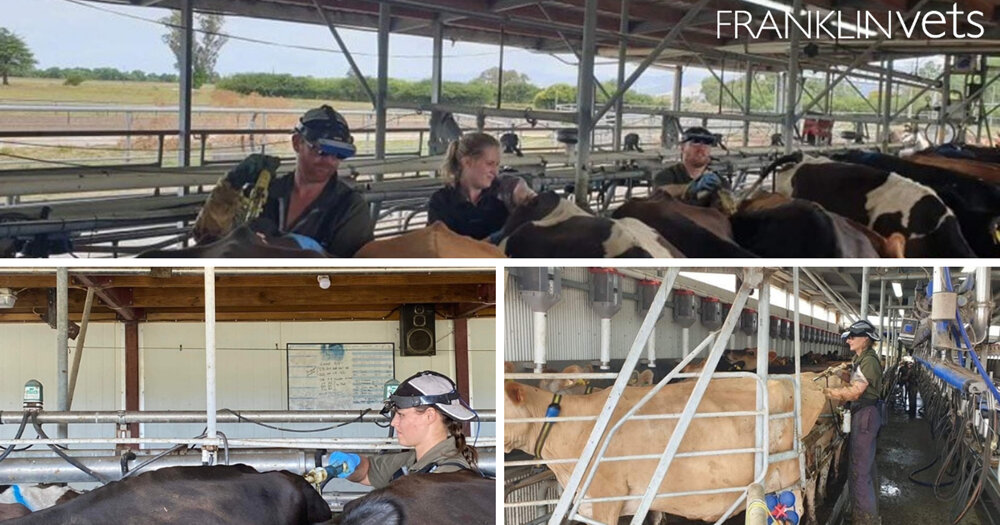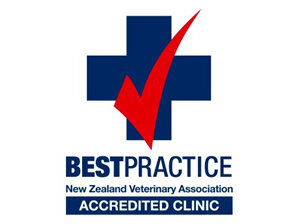Franklin Vets
Franklin Vets - excellence in veterinary care for dairy, farming, lifestyle, equine and household pets. BESTPRACTICE ACCREDITED NZ.
Your account is powered by Storbie. To edit your profile visit my.storbie.com
Your account is powered by Storbie. To edit your profile visit my.storbie.com
With scanning nearing completion we have enough herd data to build up a picture of how the season has gone for farmers in the region generally. Mating is a key period to get right as it has a wide-ranging impact on a farming system; ability to pick and choose culls, minimising wastage of otherwise healthy animals, ensuring the longevity of youngstock – not to mention simply the cost of selling lower value empty animals. Tracking and analysing individual farm performance in this space is obviously of value but tracking the broader trends of a region is also useful to drive future improvements.
The key metric we like to monitor is the 6-week In-Calf rate. As a key driver of profitability, this is a number all NZ Dairy Farmers should strive to improve. Across the 30,000 cows we have scanned so far this season in the east of the practice, average 6-week In-Calf rates have dropped from 70.5% to 69.9%. It appears the drop in pregnancy rate is mostly due to a fall in average conception rates across the board (i.e. cows weren’t holding their early pregnancies as well). Conception rates fell from 55% to 53% in the region which is very significant – basically, for any 100 cows mated – 2 fewer animals would end up pregnant.
These slight reversals in performance follow a few years of gains so are disappointing but have come off the back of a frustrating season pasture wise. Two of the biggest factors driving strong conception rates is feed quality and energy balance (i.e. are cows getting enough good quality feed). Looking at a combination of pasture analysis results from this spring alongside production data from farms through this period it certainly seems that the pasture just wasn’t “juicy” enough – lacking energy and quite hard to digest. I can only hazard a guess at why this is, but a combination of droughts, warmer winters and lack of sunshine hours all makes it very tough for our ryegrasses to prosper.
With good management from farmers, the damage that this “negative energy balance” grass had on our herds repro performance this year has been limited. Let’s hope that with a slightly greener summer and hopefully a more conventional winter we don’t see a repeat. But as always keep an eye on your information, particularly your milk protein % through Spring and call for advice when and where required.
Dr Greg Lindsay BVSc – Farm Vet, Franklin Vets Kopu
Franklin Vets - excellence in veterinary care for dairy, farming, lifestyle, equine and household pets. BESTPRACTICE ACCREDITED NZ.




